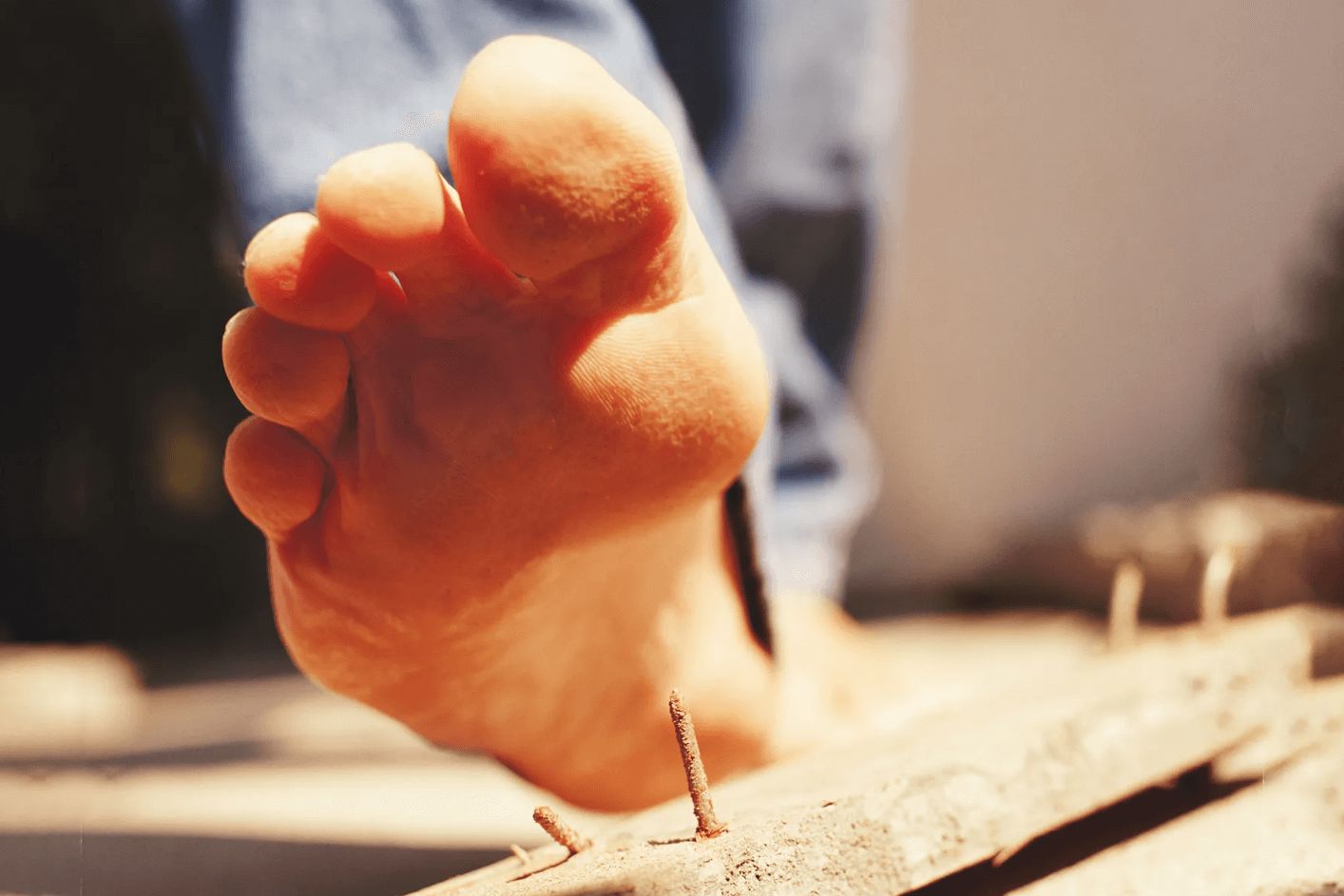- Thriving Guide
- Posts
- Understanding Tetanus: Causes, Symptoms, and Prevention
Understanding Tetanus: Causes, Symptoms, and Prevention
How this preventable infection affects the body and why vaccination is your best defense.

Tetanus, commonly known as lockjaw, is a severe but preventable bacterial infection that affects the nervous system. It is caused by Clostridium tetani, a bacterium found in soil, dust, and animal waste. The bacteria often enter the body through deep cuts or puncture wounds, where they release toxins that trigger painful muscle spasms. Without treatment, tetanus can lead to life-threatening complications, including suffocation and heart failure.
While rare in countries with routine vaccination, tetanus remains a global health concern, causing approximately 60,000 deaths worldwide each year. In the United States, fewer than 30 cases are reported annually, largely among those who are unvaccinated.
Types of Tetanus
There are several forms of tetanus:
Generalized tetanus: The most common form, causing muscle spasms throughout the body.
Local tetanus: Spasms are limited to muscles near the site of infection, but it can progress to generalized tetanus.
Cephalic tetanus: Affects muscles of the face and head, often following head injuries or dental procedures.
Neonatal tetanus: Occurs in newborns of mothers who have not been immunized, usually through an infected umbilical stump. It remains a leading cause of preventable infant deaths in some regions.
Symptoms of Tetanus
Early signs of tetanus usually appear within 3–21 days after infection and may include:
Jaw stiffness or lockjaw (trismus)
Facial muscle spasms that resemble a fixed grin (risus sardonicus)
Neck stiffness and difficulty swallowing
Severe muscle contractions (opisthotonos) that arch the body
Sweating, rapid heart rate, and fluctuating blood pressure
As the condition worsens, spasms may last for minutes and be triggered by minor stimuli, like light or sound. These contractions can be so severe that they cause fractures or breathing difficulties.
Causes and Transmission
Tetanus spores thrive in soil and on surfaces where oxygen is limited. Common causes of infection include:
Puncture wounds from nails, splinters, or animal bites
Burns or deep cuts contaminated with soil or debris
Injecting drugs with unsterile needles
Improperly performed tattoos or piercings
Contaminated umbilical cords in newborns
Contrary to popular belief, rust itself does not cause tetanus, but rusty objects can harbor the bacteria.
Diagnosis and Treatment
There is no specific blood test for tetanus. Doctors typically diagnose it based on symptoms and vaccination history. Because tetanus can progress quickly, treatment begins as soon as symptoms appear and may include:
Tetanus immunoglobulin (TIG): An injection that neutralizes the toxin.
Intravenous antibiotics: To stop bacterial growth.
Muscle relaxants and sedatives: To control spasms and ease discomfort.
Mechanical ventilation: In severe cases where breathing is impaired.
Supportive care: Including pain management and nutritional support.
Even with modern treatment, around 10% of tetanus cases are fatal, particularly in older adults or unvaccinated individuals.
Prevention Through Vaccination
The tetanus vaccine is the most effective protection. It is given as:
DTaP (diphtheria, tetanus, pertussis): For children in a series of five doses, typically at 2, 4, 6, 15–18 months, and 4–6 years.
Tdap booster: Recommended at age 11–12, and every 10 years thereafter.
If you get a deep cut or puncture wound and are unsure of your vaccine status, a booster shot or TIG may be recommended.
Post-exposure care:
Clean wounds thoroughly with soap and water.
Apply antibiotic ointment and cover with a sterile bandage.
Seek medical care for deep or contaminated wounds, especially if your last tetanus booster was over 5 years ago.
Summary
Tetanus is a preventable but potentially deadly infection caused by bacterial toxins that disrupt the nervous system, leading to muscle rigidity and spasms. Vaccination and proper wound care are the best ways to protect yourself. If you experience symptoms such as lockjaw or severe muscle contractions after an injury, seek immediate medical attention.
Share this article or subscribe to our newsletter for more health insights.